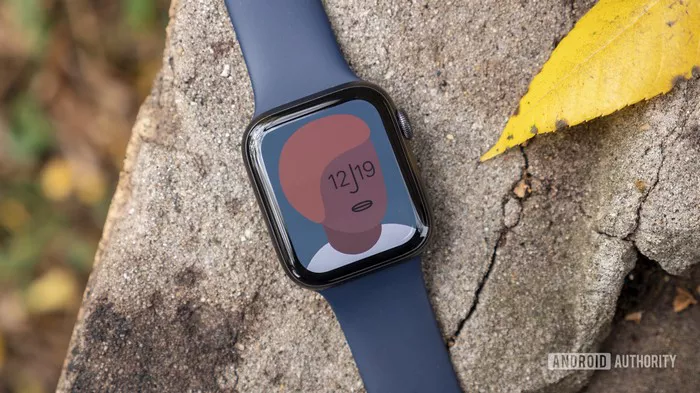The Apple Watch is not just a timekeeping device; it’s a sophisticated wearable that enhances productivity, fitness tracking, and connectivity. Like any other electronic device, it requires regular charging to keep up with your busy lifestyle. In this guide, we’ll explore the ins and outs of charging your Apple Watch, from the primary charging method to troubleshooting common issues and optimizing battery life.
Charging Method
The primary method of charging an Apple Watch involves using a magnetic charging cable that attaches to the back of the device. This cable magnetically snaps into place, ensuring a secure connection and efficient charging process.
Power Source
You have several options for powering up your Apple Watch. You can connect it to a wall outlet using a USB power adapter, plug it into a computer or laptop USB port, or even use a portable power bank for on-the-go charging convenience.
Charging Time
The time it takes to fully charge an Apple Watch from empty to full battery capacity typically ranges from 1.5 to 2.5 hours, depending on the model and the health of the battery. This relatively quick charging time ensures minimal downtime between uses.
Charging Indicator
To determine when your Apple Watch is charging, you can check for visual indicators on the device’s screen or use the charging status displayed in the Watch app on your paired iPhone. A lightning bolt icon typically indicates that the device is charging.
Overnight Charging
Leaving your Apple Watch charging overnight is generally safe and convenient, but it’s essential to consider battery health. Apple devices are designed to stop charging once they reach full capacity, helping to prevent overcharging and prolong battery life.
Wireless Charging
While the Apple Watch does not support traditional wireless charging methods, there are compatible charging accessories and charging pads available that offer wireless charging capabilities. These accessories provide added convenience and flexibility for charging your device.
Battery Life
The typical battery life of an Apple Watch on a single charge varies depending on factors such as usage habits and settings. However, with normal use, most Apple Watch models can last up to 18 hours on a single charge. To optimize battery usage, consider adjusting settings and disabling unnecessary features.
Troubleshooting
If you encounter charging issues with your Apple Watch, there are several troubleshooting steps you can take. Ensure that the charging cable is securely connected, check for debris or dirt on the charging contacts, and try restarting the device if charging problems persist.
Official Support
For further assistance with charging your Apple Watch, you can turn to official support channels provided by Apple. Whether you need troubleshooting guidance or additional information, Apple’s customer support and online resources are available to help.
Conclusion
Charging your Apple Watch is a simple yet essential task that ensures your device remains powered and ready for action. By understanding the various charging methods, monitoring charging indicators, and optimizing battery usage, you can keep your Apple Watch running smoothly and efficiently. If you encounter any issues along the way, don’t hesitate to reach out to official support channels for assistance. With proper care and maintenance, your Apple Watch will continue to be a reliable companion in your daily adventures.

